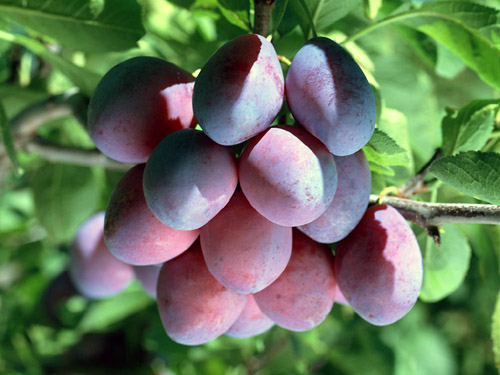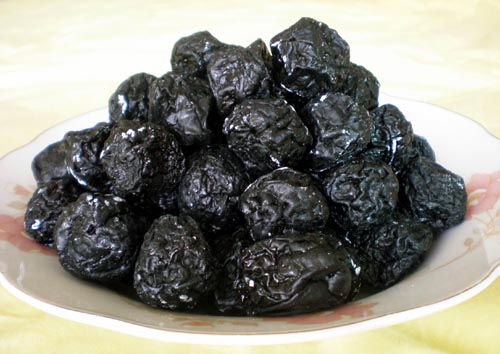Medicinal Properties: Sour in flavor, mild in nature and attributive to the liver, lung and large intestine meridians.
Actions: Astringe the lung to relieve cough, astringe the intestine to arrest diarrhea, promote production of the body fluids to quench thirst, relieve ascaris colic and alleviate pain.

Application
In treating prolonged cough with little sputum due to deficiency of the lung, or dry cough without sputum, it is often used together with Xingren (Semen Armeniacae Amarum), Banxia ( Rhizoma Pinelliae ), and Ejiao (Collo Corii Asini), etc., to strengthen the effect of astringing the lung to relieve cough.
2. In treating prolonged diarrhea or dysentery, it can be used in combination with Roudoukou ( Semen Myristicae), Hezi (Fructus Chebulae), such as in Guchang Wan (Pill).
3. Its single form is effective in treating diabetes due to heat of deficiency type, or used together with Tianhuafen (Radix Trichosanthis), Maimendong (Radix Ophiopogonis), Gegen (Radix Puerariae), and Renshen (Radix Ginseng), such as Yuquang Wan (Pill).
4. In treating abdominal pain and vomiting caused by intestinal ascariasis, it is often used in combination with Xixin (Herba Asari), Ganjiang (Rhizoma Zingiberis ), and Huanglian ( Rhizoma Coptidis ), etc., such as Wumei Wan (Pill).

In addition, it has the action of arresting bleeding, such as hemafecia, hematuria, metrorrhagia and metrostaxis. Dermatopathy and hemorrhoids can be treated by the application.
Usage and Dosage: It is usually decocted for oral use. The usual dosage is 6 -12 g and large dosage may be up to 30 g. Proper amount can be used in external treatment. To arrest bleeding and diarrhea, the carbonized is used, and to promote production of the body fluids and relieve the ascaris colic, the crude is used.
Notes:
In oral use, it is contraindicated in those with exogenous factors or those with stagnation of sthenic heat.







